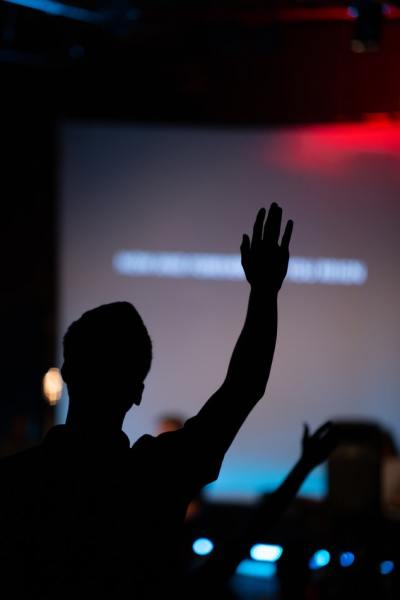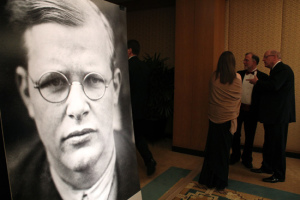Worship and belief

Although often considered separate ideas, four fundamental realities share a dynamic interplay the form and shape the essence of all people and cultures: worldview, theology, culture, and cultus (worship). Worldview and theology affect one another and to form religion; culture and cultus affect one another as liturgy. But this kind of mutual formation occurs at a macro level as well, between religion and liturgy, impacting and shaping one another at both conscious and subconscious levels.
This interaction was captured long ago in the Latin phrase, lex orandi, lex credendi—“the law of prayer, the law of belief.” This ancient concept recognized the fundamental relationship between acts of worship and belief. Lex credendi is another way to describe religion, the combination of worldview and theology. Lex orandi designates liturgy, the behavioral patterns of both culture and cultus. The relationship between the two, as we have already seen, involves both reflection and formation. In other words, public worship both reveals belief and forms belief. How a community worships—its content, its liturgy, and its forms of expression—reveals the underlying religious commitments (worldview + theology) of those who plan and lead the worship. This may not always be intentional, either. Often church leadership inherits certain ways of worshiping and employs them without ascertaining exactly what kinds of beliefs the worship practices embody, sometimes resulting in worship that does not reflect the church’s stated theological convictions.
This is significant exactly because of the second half of the premise—corporate worship forms the beliefs of the worshipers. Public worship is not simply about authentic expression of the worshipers; rather, how a church worships week after week progressively shapes their beliefs since those worship practices were cultivated by and embody certain beliefs. This happens whether or not the worshipers consciously recognize it, and therefore if church leadership has not given consideration to how the way they worship is shaping the theology of the congregation, it is quite possible that worshipers are being formed in ways the leadership does not intend.
This is why it is so important for church leaders, and indeed all Christians, to carefully identify what kinds of beliefs have shaped their various worship practices so that they will choose to worship in ways that best form their minds and hearts in ways consistent with their theological convictions. That is the goal of studying worship in the Old and New Testaments, which reveals how God deliberately prescribed worship that would form his people as he desires, and tracing the evolution of Christian worship from after the close of the New Testament to the present day, which helps elucidate how theological beliefs affected the worship practices we have inherited.




























